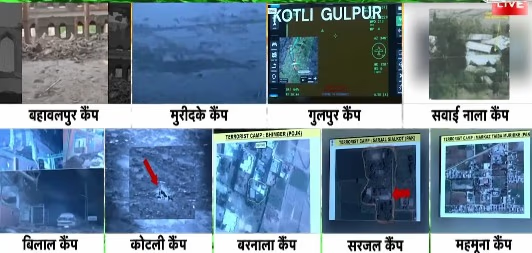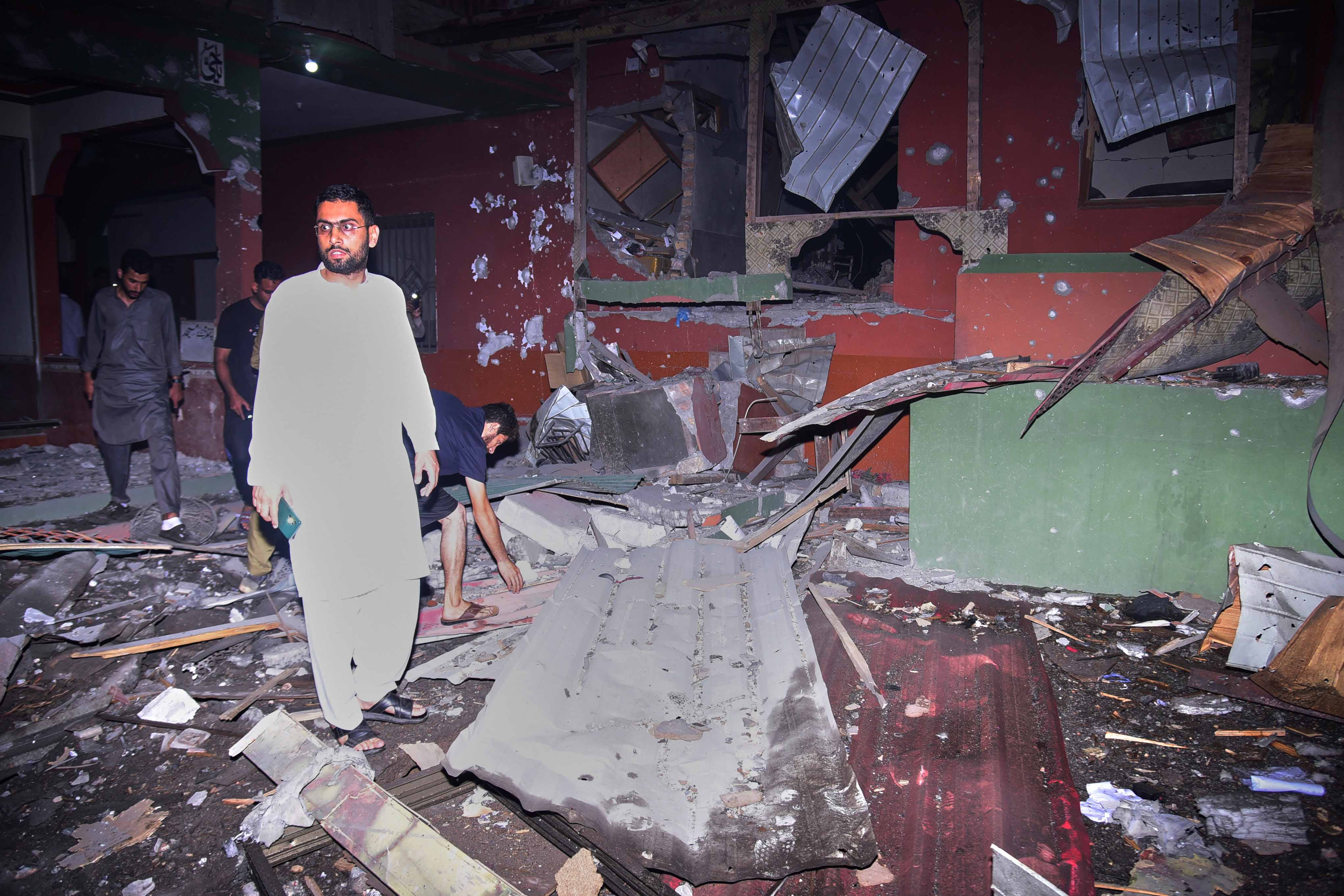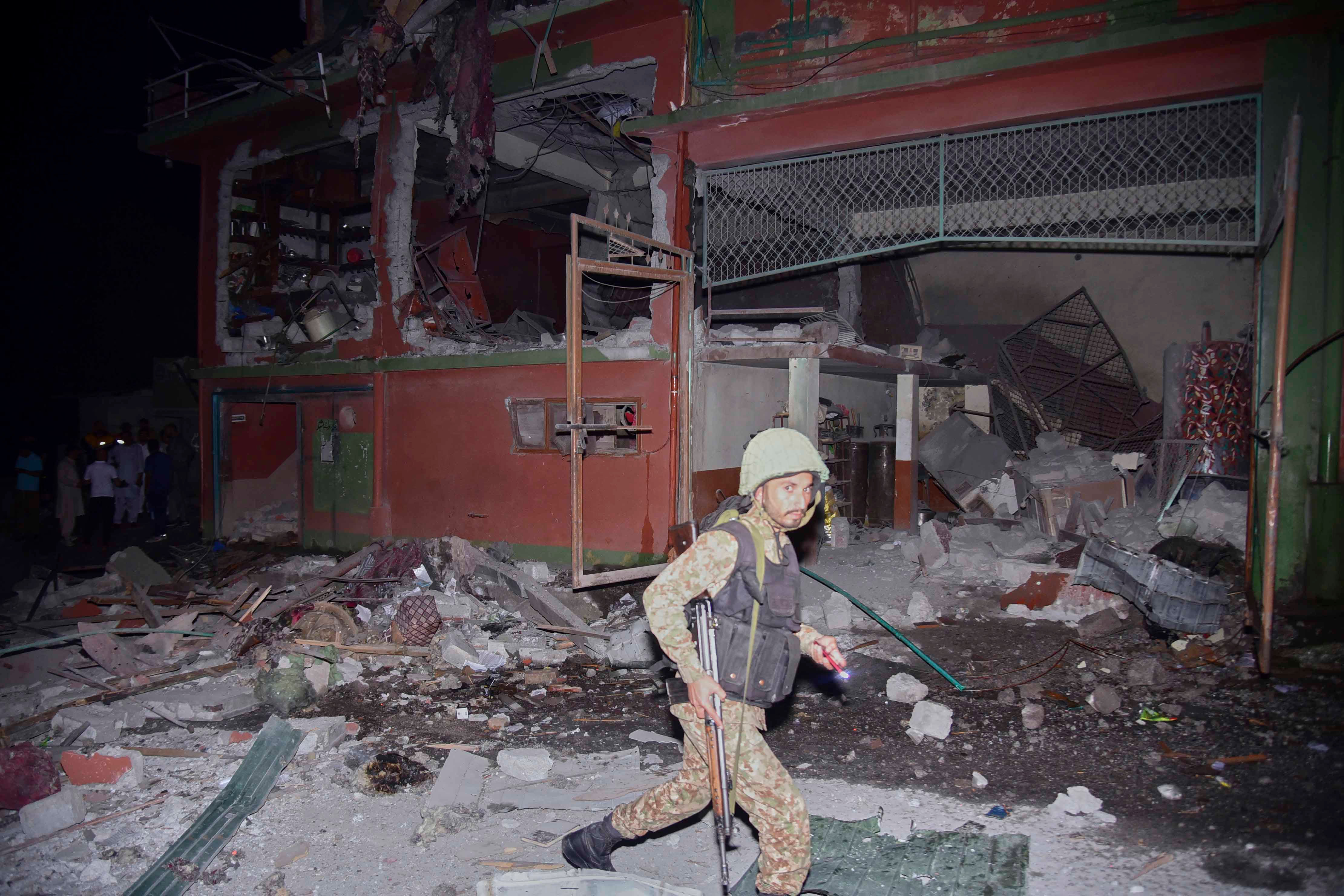In a bold move, the Indian Armed Forces launched airstrikes in Pakistan late Tuesday night. This orchestrated Operation Sindoor targeted nine terrorist strongholds, demonstrating a significant tactical operation by the three branches of India's military.
Among these nine targets, four were nestled within Pakistan's geography, while five were strategically located in PoK. Indian forces successfully executed attacks on Bagh, Kotli, Bhimber, and Chak Amru in PoK. Meanwhile, devastating airstrikes were carried out in Muzaffarabad, Gulpur, Sialkot, Muridke, and Bahawalpur.
The Indian Army focused its precise power on bases belonging to Jaish-e-Mohammed, Lashkar-e-Taiba, and Hizbul Mujahideen. Notable targets included Jaish's Markaz Subhan Allah (Bahawalpur), Lashkar's Markaz Taiba (Muridke), and Hizbul's Mahmoona (Sialkot), among others.
Why Did India Choose These 9 Targets?
India strategically pinpointed Bahawalpur province, a location 100 kilometers from the international border, which houses the central hub of Jaish-e-Mohammed. This site, now neutralized, was where the notorious Pulwama attack was initially hatched, cementing its critical status in the global fight against terrorism.

Source: aajtak
The Indian Army also took decisive action against Muridke in Punjab province, recognized as the epicenter of Hafiz Saeed's Lashkar-e-Taiba operations. Situated just 30 kilometers from Lahore, this site was crucial in orchestrating the 2008 Mumbai attacks and was significantly funded by influential figures.
Sialkot
was another significant target, home to a prominent Hizbul Mujahideen facility where insurgents received intensive training. Here, aspiring militants were prepped for infiltration into Jammu.

Source: aajtak
In
Muzaffarabad
, the Indian military's strategic offensive included missile strikes on the Savai Nala Camp, infamously used by Lashkar to train recruits. This site also hosted a madrassa and played a pivotal role in planning attacks such as those on Pahalgam.
Moreover, an airstrike was directed at
Gulpur
, a location linked with conspiracies against Poonch and various pilgrims in 2023.
In the shadows of
Bhimber
, Lashkar's Markaz Ahle Hadeeth was obliterated — a site infamous for sheltering over 100 militants, with plans reaching far into future military incursions.

Source: aajtak
Finally, the Indian forces eradicated Jaish's Markaz Abbas in
Kotli
, just two kilometers from a military base, highlighting its strategic importance. Here, 40-50 insurgents were stationed under the command of Hafiz Abdul Shakoor.
Launched with precision, India targeted Jaish's Tehra Kalan facility in Shakargarh. Situated mere kilometers from the international boundary, this site was previously utilized for training insurgents and deploying weaponry via drones.




